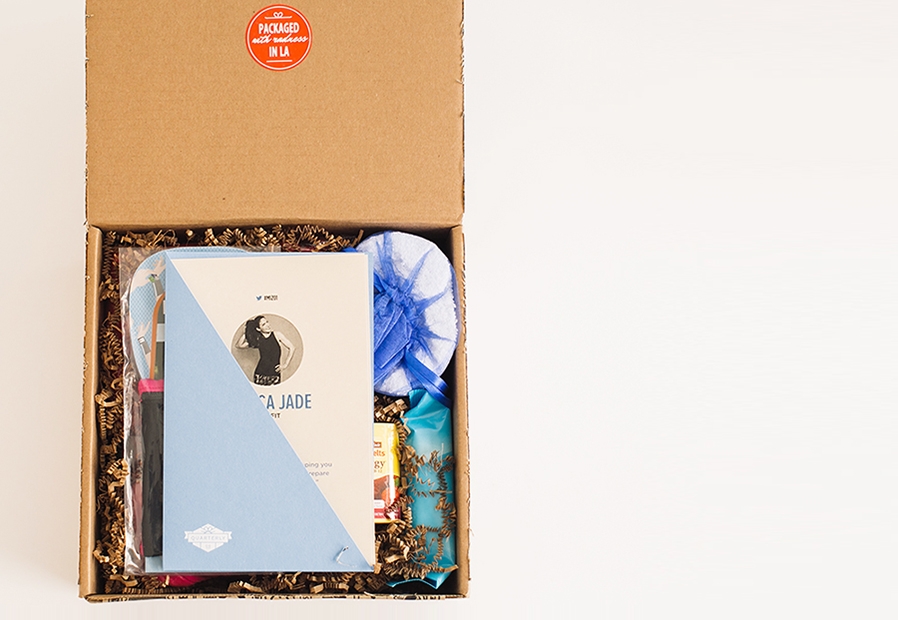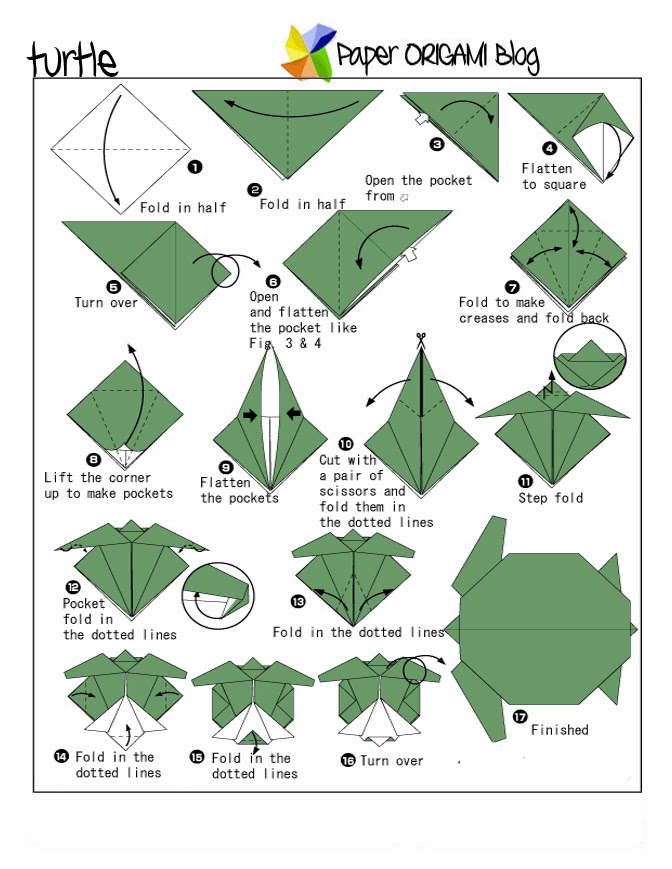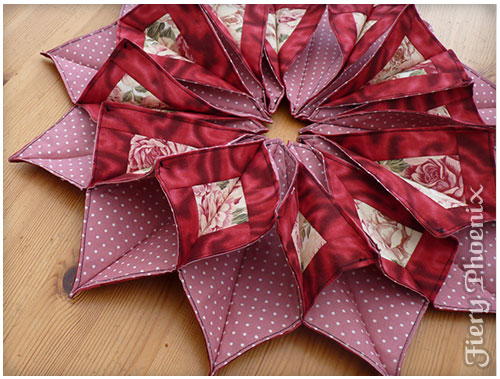Origami Crane Story. In japan, there is a belief that if you folded 1000 origami cranes, then your wish will come true. This all adds up to the fact that the tsuru is a favorite in the tradition of folding origami or paper.

She was diagnosed with leukemia at 12, an unfortunate result of nuclear. The models of european classic origami were largely based on creases of 45 degrees, making them ideal for teaching the principle of geometry, whereas japanese ones such as the crane or frog were based on those of 22.5 degrees. 1 day agopam douglas of clive has folded thousands of origami paper cranes, many with names written on them, to represent the iowans who have died of the disease — a number that now totals more than.
The Now Classic Thin, Square Origami Paper Originates From Europe Not From Japan.
Origami is used in the manufacturing of miniature models. The story follows a japanese girl name sadako who was 2 years old when the united states bombed japan at the end of world war ii. This legend took shape in the life of sadako sasaki, a young japanese girl who survived the devastation of hiroshima.
Read The Story Of The Crane Here.
The story of the origami cranes inspired sadako. Origami cranes orizuru that are folded into a group of 1000 are known as a senbazuru. Hiroshima, japan—origami, the japanese art of folding.
After Hearing The Legend, Sadako Decided To Fold 1,000 Cranes And Pray That She Would Get Well Again.
She developed leukemia at age 12. She had a new passion and purpose to have her wish of being well again granted by folding one thousand origami cranes. She was diagnosed with leukemia at 12, an unfortunate result of nuclear.
The Thousand Origami Cranes Came To Have The Meaning Of Wishing Added To Gratitude To God In Addition The Japanese Crane Pair Will Spend Their Life Together Until One Of The Crane Dies.
A reference to the japanese legend promises that anyone who folds a thousand origami cranes will be granted a wish by a crane, such as long life or recovery from illness or injury. Sadako began collecting hundreds of pieces of paper for her cranes. The 1,000 origami cranes may be a folkloric japanese tradition, but it was popularized and spread throughout the world through the story of sadako sasaki.
Every Day School Children Visit The Monument For The Child Victims Of Hiroshima Adorned With A Statue Of Sadako Sasaki Holding Up An Origami Crane.
The 1000 paper cranes (called senbazuru) are often strung together and hung on display. Some stories believe one is granted happiness and eternal good luck, instead of just one wish, such as long life or recovery from illness or injury. An ancient japanese legend promises that anyone who folds a thousand origami cranes will be granted a wish by the gods.





